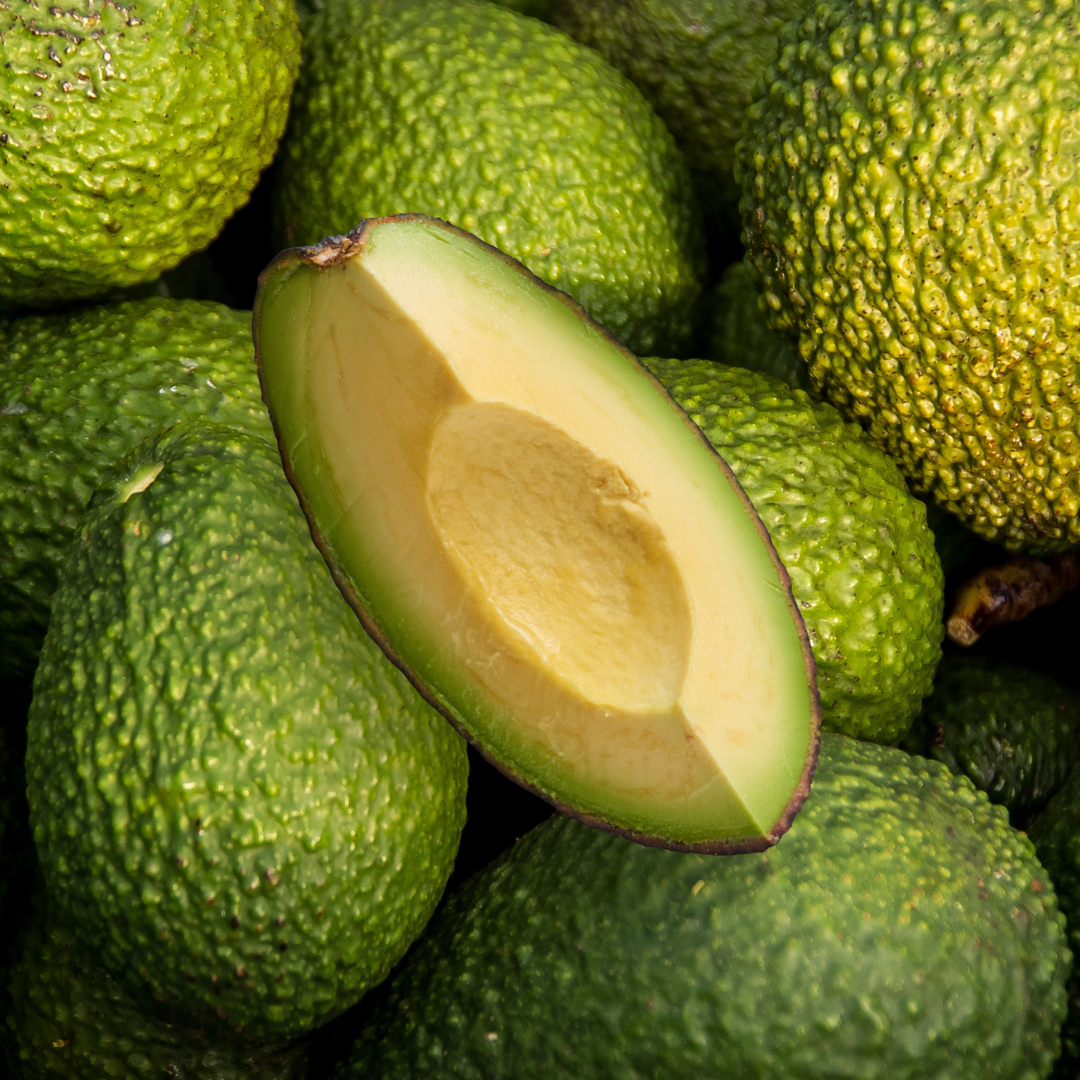A Comprehensive Guide for Aspiring Cassava Farmers
By Elizabeth Shumbusho
According to The Chartered Farmer, Charles Antwi, from Ghana, understanding the intricate details of planting techniques and identifying varieties is the key to a successful harvest. As we delve into the world of cassava farming, we uncover the nuances that make this crop thrive. In his video, [https://www.youtube.com/watch?v=e6sctN1Zexs], he showcases how in six months one can harvest.
The Canopy Formation at 5 Months: A Crucial Growth Stage One fascinating aspect of cassava cultivation is its ability to form a canopy when it reaches the 5-month mark. This canopy plays a vital role in the proper growth of cassava plants, ensuring they receive the necessary air and space for optimal development. Farmers emphasize the importance of providing ample space during the early stages to promote robust growth once the canopy is formed.
Varieties and Planting Techniques: A Farmer’s Wisdom Cassava planting involves various techniques, each with its unique advantages. Some farmers, like Apostle K Safu, opt for burying the entire cassava into the soil, allowing it to shoot up. Others insert the cassava vertically, letting multiple nodes enter the soil, while some farmers prefer cutting the nodes before planting. In an interview with a seasoned farmer, they shared insights into the diverse methods of cassava cultivation. The choice of planting technique often depends on factors such as soil conditions, climate, and regional practices.
Choosing the Right Land and Soil: The Foundation of Cassava Farming Starting your own cassava farm requires careful consideration of land and soil quality. Farmers recommend acquiring land with a loamy soil texture, rich in nutrients, and not prone to water retention. It is crucial to assess the soil’s acidity, nutrient content, and texture before planting, with some lands requiring improvement through organic or inorganic materials. A farmer, in particular, highlights the importance of preparing the land by plowing and adding organic and inorganic materials to enhance nutrient content. This preparatory step ensures that the soil is conducive to cassava growth.
Understanding Cassava Varieties: Different Sticks for Different Purposes Farmers stress the significance of choosing the right cassava variety for specific culinary purposes. In some regions, a six-month variety called “A” is preferred for making “fufu,” while one-year varieties like “maku” are chosen for other culinary applications. Differentiating between these varieties involves observing features such as the color of the stick and leaves. During a demonstration, the farmer showcases two varieties – the six-month variety with brown sticks and reddish leaves, and the one-year variety with white sticks and leaves. This knowledge becomes crucial for farmers in the market, ensuring they
can accurately identify and choose the right cassava sticks for their specific needs.
Embarking on Your Cassava Farming Journey: A Step-by-Step Guide For those interested in venturing into cassava farming, the journey begins with securing suitable land and understanding the intricacies of planting techniques. From plowing the land to selecting the right cassava sticks, this comprehensive guide provides valuable insights into the entire process, leading aspiring farmers towards a successful and bountiful cassava harvest.
Optimizing Cassava Farming for Processing and Variety Selection As we continue our exploration into cassava farming, a crucial aspect emerges for those interested in processing—selecting the right variety. Our guide reveals that the one-year variety is preferred for processing, particularly for gari production using the condo machine. This variety has a unique ability to expand when grated, making it ideal for processing purposes. In contrast, the six-month variety is recommended for fufu production due to its distinct sweetness and taste resembling yam.
Tasting the Sweetness of Six-Month Cassava: A Farmer’s Delight Our journey takes an unexpected turn as the farmer promises a taste of the six-month cassava, describing it as sweeter than yam. The importance of distinguishing between the two varieties becomes evident, not just for planting but also for culinary preferences. The farmer highlights that the six-month cassava is perfect for fufu, promising a delightful experience that goes beyond the ordinary.
Planting Techniques: From Hook and Line to Upright Growth The discussion shifts towards planting techniques, revealing the farmer’s preference for using the hook and line method. This technique involves planting in organized lines, providing not only a visual appeal but also practical benefits. The farmer explains that line planting facilitates better management, allowing farmers to detect and address issues promptly. Customers, too, gain confidence in the quality of cassava when they observe well-organized and densely planted fields.
Upright Planting: A Unique Approach to Weed Management The farmer sheds light on the rationale behind the specific height at which cassava sticks are cut. In this region, upright planting is the norm due to the intricacies of weed management. Upright planting ensures that when spraying for weeds, the leaves remain undisturbed, crucial for the optimal growth of cassava. The height of the cut sticks is tailored to accommodate the spraying process, preventing any harm to the leaves.
Exploring Alternative Planting Methods: A Versatile Cassava Cultivation The conversation extends to alternative planting methods observed during interviews with different farmers. Some employ vertical or diagonal planting techniques, while others opt for horizontal methods. The diversity in planting methods reflects the adaptability of cassava farming to different regions and practices. Additionally, the discussion touches on the strategy of cutting nodes, nursing them in nurseries, and later transplanting them—a resource-efficient approach that maximizes cassava production.
Aspiring cassava farmers and enthusiasts can draw valuable insights from these varied techniques, ensuring a holistic understanding of cassava cultivation, from planting to processing. The richness of knowledge shared by the farmer adds layers to the tapestry of cassava farming, making it not just a source of sustenance but a nuanced and versatile agricultural endeavor.
Navigating Challenges in Stick Acquisition and Innovative Planting Techniques In this region, obtaining six-month cassava sticks proves to be a challenge, prompting farmers to establish strong relationships with fellow cultivators. Acknowledging the scarcity, one farmer introduces a practical solution—cutting and nursing nodes. This technique not only addresses the scarcity issue but also ensures a consistent supply of cassava, as it doesn’t solely rely on acquiring full sticks. The farmer expresses intent to incorporate this method in the next farming cycle, emphasizing its potential benefits and thanking the interviewee for sharing valuable insights.
Upright Planting and Weed Control: A Strategic Approach The discussion delves into the farmer’s preference for upright planting, particularly for weed management. The method involves cutting the cassava sticks to a specific height, allowing for efficient weed spraying without harming the leaves. The farmer elaborates on the benefits, stating that upright planting aids in controlling weeds and provides a uniform and visually appealing landscape. The conversation sheds light on how this method aligns with the farmer’s weed management program, emphasizing the importance of careful spraying to avoid damage to the growing plants.
Exploring Alternative Planting Methods and Spacing Techniques The interview touches upon alternative planting methods, including cutting nodes
and transplanting. The farmer encourages others to experiment with this technique, highlighting its potential benefits and expressing openness to evaluating its effectiveness in future cycles. The discussion extends to planting distances, where the farmer explains that, while precise measurements weren’t taken during this planting, a standard spacing of 80 cm by 1 meter is generally employed. The spacing ensures adequate air circulation, contributing to the proper growth of cassava.
Understanding the Importance of Planting Distances for Canopy Formation The farmer explains the significance of proper planting distances, emphasizing that cassava forms a canopy at five months. Giving the plants enough space enables them to stretch and grow properly, facilitating the formation of robust leaves. The adequate spacing allows each plant to receive sufficient sunlight and nutrients from the soil, ensuring healthier and more significant tuber development. The farmer advises against planting too closely, as it results in nutrient competition and insufficient space for proper canopy growth.
Post-Planting Practices: Weed Control and Cassava Germination The conversation shifts to post-planting practices, with the farmer detailing the timeline for weed growth after plowing. The farmer recommends starting weed control measures after one to three months, depending on weather conditions. Additionally, insights are shared about cassava’s preference for a specific temperature during its initial stages, as excessive rain may affect germination. The farmer notes that cassava doesn’t require much water during the first two to three months after planting, making it suitable for upland cultivation.
Cassava Germination and Initial Growth: A Timely Process The interview concludes with information about cassava germination, beginning approximately two weeks after planting. The farmer explains that, during this period, weeds are less likely to emerge if there is no significant rainfall. Cassava’s resilience and ability to thrive in specific weather conditions are highlighted, providing aspiring farmers with valuable insights into the optimal conditions for successful cultivation.
As the conversation unfolds, a comprehensive picture of cassava farming practices emerges, encompassing innovative techniques, careful planning, and a deep understanding of the crop’s unique needs at various stages of growth.



